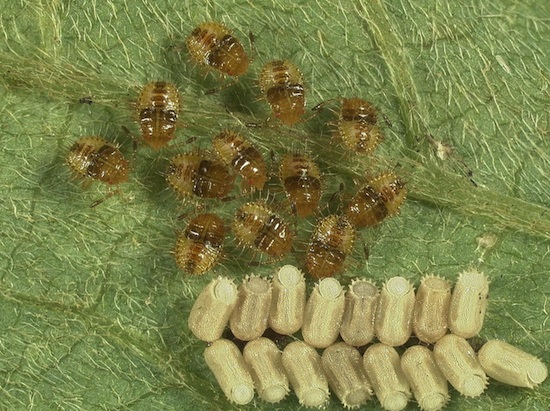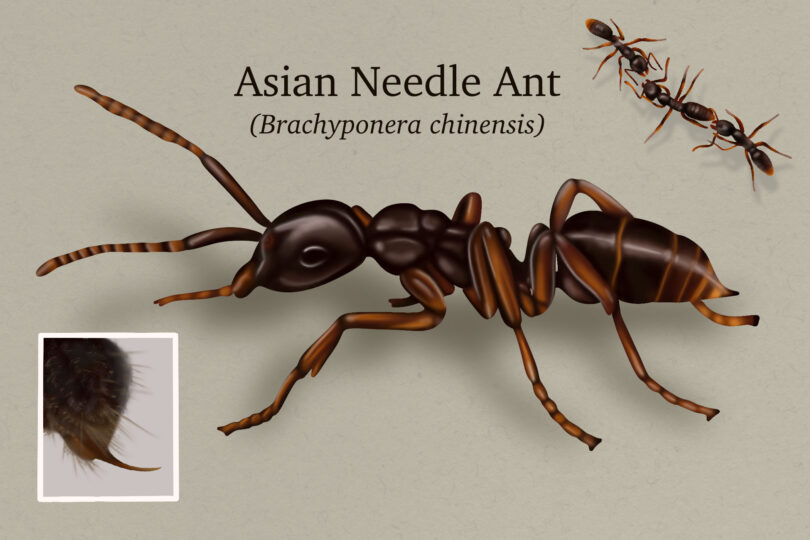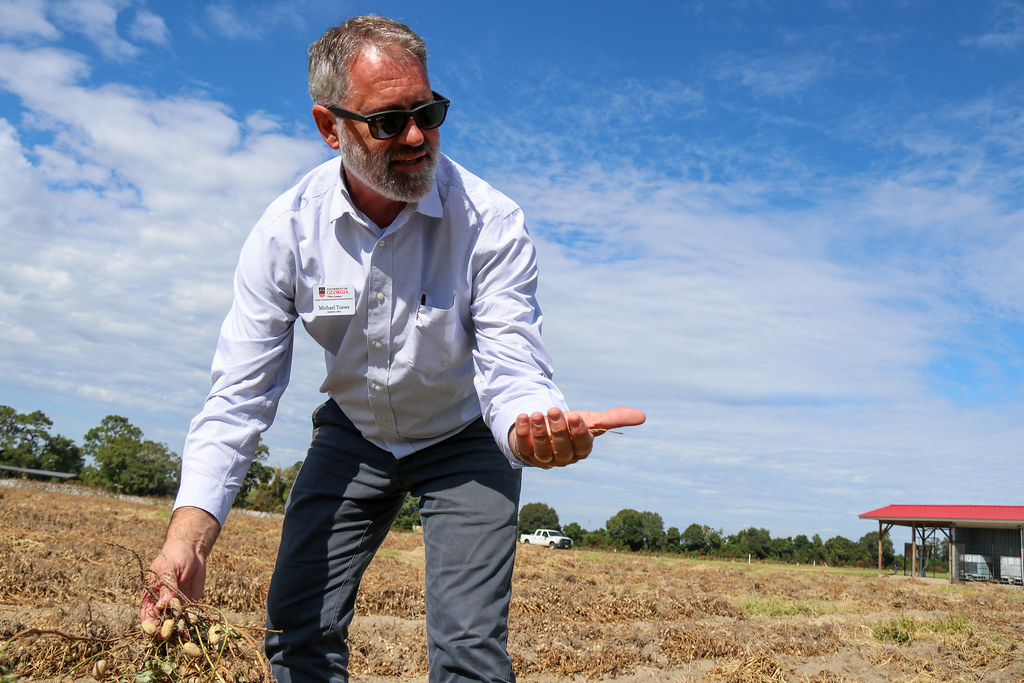Genetics is the science of genes and heredity. It can link a person to a crime scene, a father to a child and — in the case of the kudzu bug — a pest to its home country.
University of Georgia genetic entomologist Tracie Jenkins has used population genetics to track the kudzu bug that was discovered in Georgia three years ago, to its home country of Japan.
Found in Georgia first
The kudzu bug was first spotted in Georgia in the fall of 2009 when insect were sent to the UGA Homeowner Insect and Weed Diagnostic Laboratory in Griffin, Ga., from UGA Cooperative Extension agents in Barrow, Gwinnett and Jackson counties.
The insect feeds on kudzu, soybeans and other legumes. It has become a nuisance to homeowners and a threat to international trade as it hitchhikes in shipping containers and on passenger jets.
So why do scientists like Jenkins in the United States need to know the kudzu bug is from Japan?
“In order to control the pest, we first have to know what we are up against,” said Jenkins, a researcher with the UGA College of Agricultural and Environmental Sciences. “The morphology of the kudzu bug varies depending on when you collect it, early or late. Are these different strains of the bug? Do they come from different maternal types?”
Using genetics to track pests
She and her UGA colleagues are working to answer these questions in their on-going search for ways to control the bug.
“It’s an Eastern Hemisphere bug that found its way to the U.S. in 2009,” she said. “Since then it has traveled to countries like Honduras, Guatemala and El Salvador.”
This isn’t the first time Jenkins has tracked an insect’s path using genetics. She has tracked termites in Germany back to their original home in France, termites in England back to nursery plants in Portugal and termites in Atlanta, Ga., back to railroad ties from New Orleans, La.
Lots of bugs, same mother
DNA helped Jenkins determine that the kudzu bugs in Georgia are all related, maternally.
“Mitochondrial DNA comes from the mother; it’s inherited from the mother, and all of our kudzu bugs are the same across all collections to date,” Jenkins said. “We now know the female ancestry of our bug can be traced back to one female line that came from Asia.”
Knowing exactly where in Asia the pest originated will help “stop the gap where it’s coming into the country,” according to Jenkins. “After all, Asia is a really big place,” she said.
To put branches on the kudzu bug’s family tree, Jenkins first had to build a DNA database of kudzu bugs. Seven collection sites in Asia sent samples to her laboratory on the UGA campus in Griffin, Ga.
“Now I can compare the haplotype of our bug with the other female haplotypes from Asia,” she said.
Jenkins found the kudzu bugs now calling the southern U.S. “home” are more closely related to samples from Japan. The samples from China did not match the kudzu bug now munching its way through the Southeast.
“Knowing the bug’s genetic diversity will tell me how fast it can adapt here,” she said. “Our weather in Georgia is comparable to the weather in Japan and South Korea, so the bugs feel at home here.”
UGA CAES scientists are searching for ways to control the pest, including introducing an egg parasite from Japan.









